Shopify Pricing Plan That Can Suit Your Business
Contributors:
Amol Ghemud
Published: January 9, 2024
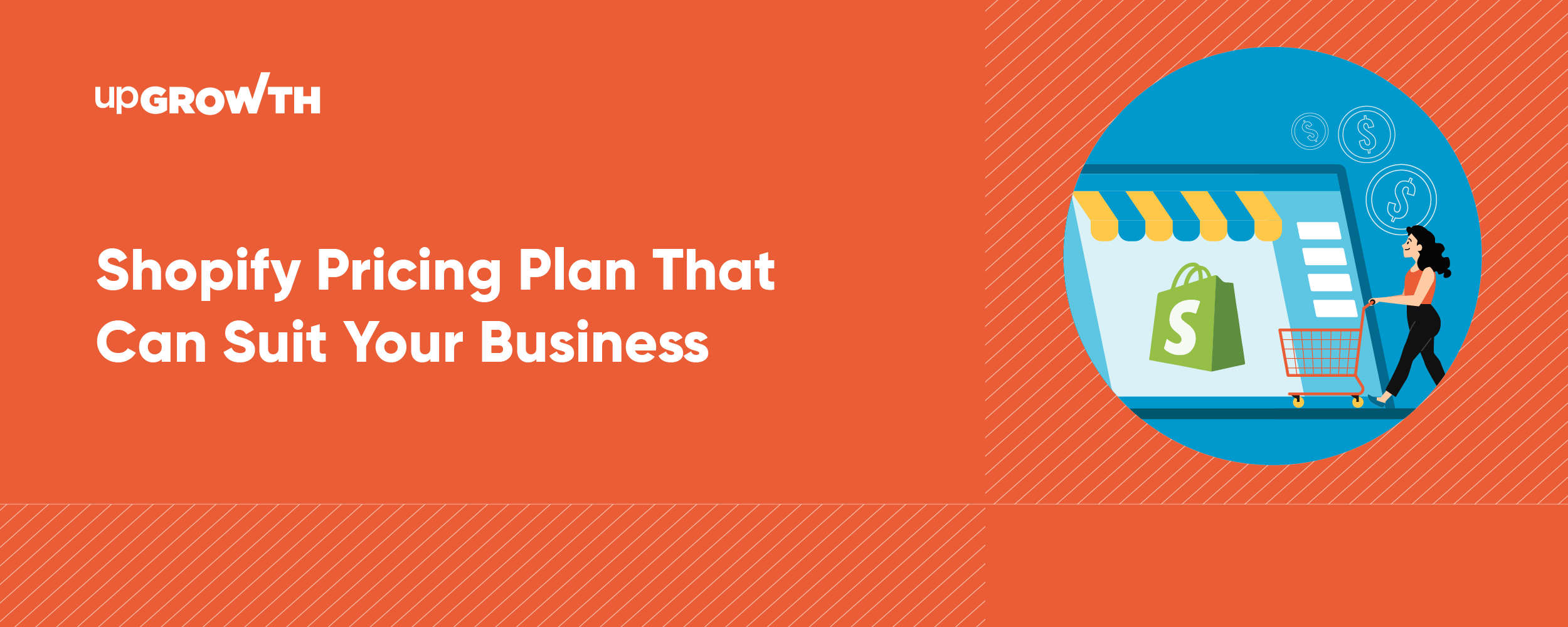
The rise of e-commerce has revolutionized how businesses reach and engage customers. At the forefront of this revolution stands Shopify, a user-friendly platform empowering entrepreneurs of all sizes to build thriving online stores.
However, navigating the intricacies of Shopify pricing can be a daunting task for newcomers, especially in the dynamic Indian market.
This blog aims to decode the various Shopify pricing plans, helping you choose the one that perfectly aligns with your business aspirations.
Understanding Shopify’s Platform and Services
Shopify is more than just a platform; it’s an ecosystem designed to simplify your online journey. Its intuitive interface and robust features cater to businesses of all scales, from fledgling startups to established brands.
Whether you’re selling handmade crafts, curated fashion collections, or digital products, Shopify offers a scalable solution to showcase your offerings and reach a global audience.
Services Offered and Their Implications
Shopify’s true value lies not only in its platform but also in the comprehensive suite of services it offers. These include:
- Secure Hosting: Rest assured your store operates seamlessly with Shopify’s reliable hosting infrastructure.
- Integrated Payment Processing: Accept payments seamlessly with a range of trusted gateways, ensuring smooth transactions for your customers.
- Storefront Customization: Design your online space with a plethora of themes and apps, reflecting your brand identity and enhancing customer experience.
- Marketing and Sales Tools: Leverage powerful marketing features to drive traffic, boost conversions, and analyze customer behavior.
These invaluable services, while contributing to a seamless e-commerce experience, naturally influence the Shopify pricing in India.
Breakdown of Shopify’s Plans
Shopify offers three core plans, each tailored to specific business needs and growth aspirations:
a) Basic Shopify:
- Features: Perfect for budding entrepreneurs, this plan offers all the essentials to launch your store, including unlimited products, a custom domain, basic analytics, and secure hosting.
- Limitations: Transaction fees of 2%, limited reporting and marketing tools, fewer staff accounts, and no abandoned cart recovery.
- Scalability: While sufficient for a modest product range and initial traction, consider upgrading as your business grows.
b) Shopify:
- Features: Ideal for growing businesses, this plan unlocks advanced features like gift cards, professional reports, abandoned cart recovery, and discount codes.
- Cost: A significant step up from Basic at INR 7,447 per month (Shopify pricing India), but the advanced tools and lower transaction fees of 1% can drive higher revenues.
- Scalability: Handles medium-sized product volumes and offers room for growth with its marketing and analytics capabilities.
c) Advanced Shopify:
- Features: Designed for high-volume stores and ambitious brands, this plan boasts the lowest transaction fees (0.5%), custom shipping rates, advanced reporting, and a larger staff account limit.
- Cost: INR 30,164 per month (Shopify cost India) might seem substantial, but the enhanced functionality and reduced fees cater to high-volume businesses.
- Scalability: Built for robust growth, this plan accommodates large product offerings, complex business workflows, and significant traffic increases.
Cost Considerations in Each Plan
It’s not just about the base Shopify pricing plans; additional costs can influence your overall budget. Here’s a breakdown:
- Transaction Fees: Every plan has built-in transaction fees, decreasing with higher tiers. Consider your projected sales volume when choosing a plan.
- App Integrations: Apps extend Shopify’s functionality, but most come with monthly fees. Choose them carefully and consider bundled app plans for potential savings.
- Theme Costs: Premium themes offer better design and features, but incur additional costs. Factor this in if a basic theme doesn’t meet your brand vision.
Choosing the Right Plan
Several factors guide your Shopify pricing plan selection:
a) Business Size and Needs:
- Startups: Begin with Basic Shopify to test the waters. Upgrade as your product range and customer base expand.
- Established Businesses: Analyze your sales volume, marketing needs, and projected growth. Shopify or Advanced Shopify might be a better fit due to their advanced features.
b) Customization and Scalability:
- Limited Customization: If you’re content with basic storefront design and functionalities, a lower-tier plan might suffice.
- Extensive Customization: If you envision a highly customized brand experience, a higher plan with app integrations and design flexibility is recommended.
Making Informed Decisions
Choosing the right plan is just the first step. Here’s how to optimize your investment:
- Utilize Free Trials: Test each plan before committing. This helps you understand which features truly benefit your business.
- Seek Expert Guidance: If overwhelmed, consider consulting with e-commerce specialists like upGrowth for tailored Shopify solutions and plan selection insights.
- Stay Flexible: Your business will evolve. Be prepared to upgrade or downgrade your plan as your needs change.
Conclusion
Navigating Shopify pricing in India doesn’t have to be confusing. By understanding the different plans, their costs, and the factors influencing your choice, you can select the perfect fit for your business.
Remember, aligning your needs with the right plan lays the foundation for long-term e-commerce success.
Ready to unleash your Shopify potential? upGrowth stands by your side as your e-commerce growth partner. Contact us today for expert guidance, customized solutions, and deeper insights into optimizing your Shopify journey.
Let’s work together to build the online store of your dreams!
FAQs
- What are the various pricing plans offered by Shopify, and how do they cater to different business needs?.
Shopify offers three core plans, each catering to specific business needs and aspirations:
- Basic Shopify: Ideal for startups, it provides all the essentials to launch your store, including unlimited products, a custom domain, and basic analytics. However, it has limitations like 2% transaction fees and limited marketing tools.
- Shopify: Perfect for growing businesses, it unlocks advanced features like gift cards, professional reports, and abandoned cart recovery. With 1% transaction fees and broader marketing capabilities, it fuels faster growth.
- Advanced Shopify: Designed for high-volume stores, it boasts the lowest transaction fees (0.5%), custom shipping rates, and advanced reporting. Ideal for businesses with large product ranges and complex workflows.
2. Can you provide insights into the features and limitations of each Shopify pricing tier?
Here’s a quick comparison of features and limitations across the plans:
- Basic Shopify:
- Unlimited products
- Custom domain
- Basic analytics
- 2% transaction fees
- Limited marketing tools
- 2 staff accounts
- No abandoned cart recovery
- Shopify:
- Unlimited products
- Custom domain
- Professional analytics
- 1% transaction fees
- Extensive marketing tools
- 5 staff accounts
- Abandoned cart recovery
- Advanced Shopify:
- Unlimited products
- Custom domain
- Advanced analytics
- 0.5% transaction fees
- Highly customizable marketing tools
- 15 staff accounts
- Abandoned cart recovery
3. How does the transaction fee structure work within Shopify’s pricing plans, and how can businesses manage these costs effectively?
Transaction fees are a percentage of each sale you make. They decrease with higher-tier plans, but can still be a significant cost. To manage them:
- Choose the right plan: Opt for a higher tier if your projected sales volume warrants lower fees.
- Optimize product pricing: Factor in transaction fees when setting prices to maintain profit margins.
- Utilize alternative payment gateways: Explore options with lower transaction fees for specific payment methods.
4. Are there specific industries or business sizes that are better suited for particular Shopify pricing plans?
Absolutely!
- Startups and small businesses: Basic Shopify offers a cost-effective entry point.
- Growing businesses with medium-sized product ranges: Shopify unlocks advanced features to fuel growth.
- High-volume stores and established brands: Advanced Shopify caters to complex needs and large product volumes.
5. What additional costs or considerations should businesses be aware of when using Shopify, beyond the basic subscription fees?
Remember, the subscription fee isn’t the only cost:
- Transaction fees: Manage these as discussed earlier.
- App Integrations: Apps add functionality but often have monthly fees. Choose them wisely and consider bundled app plans for savings.
- Theme Costs: Premium themes offer better design but incur additional costs. Factor this in if a basic theme doesn’t meet your brand vision.
Read More:
How Much Do YouTube Ads Cost in India
Website Design Cost Guide in India 2024
Social Media Marketing Pricing: Cost of SMM
How Much Do LinkedIn Ads Cost You
Digital Marketing Pricing: How Much Does it Cost
About the Author
Optimizer in Chief
Amol has helped catalyse business growth with his strategic & data-driven methodologies. With a decade of experience in the field of marketing, he has donned multiple hats, from channel optimization, data analytics and creative brand positioning to growth engineering and sales.
 Growth Strategy and Planning
Growth Strategy and Planning Inbound Growth
Inbound Growth Growth Hacking
Growth Hacking Search Engine Optimization
Search Engine Optimization Paid and Performance Marketing
Paid and Performance Marketing Social Media Marketing
Social Media Marketing AI-Driven Growth Strategy
AI-Driven Growth Strategy
 Growth Tools
Growth Tools Offers
Offers









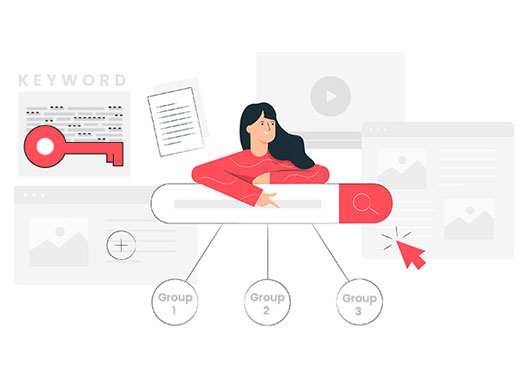
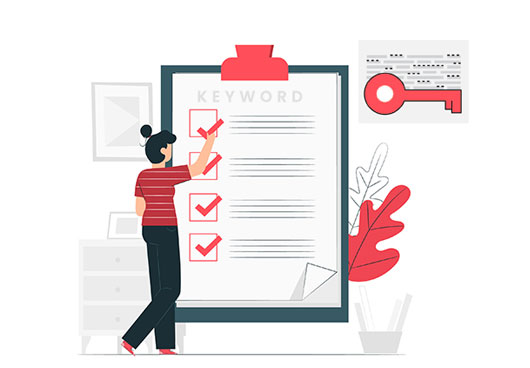
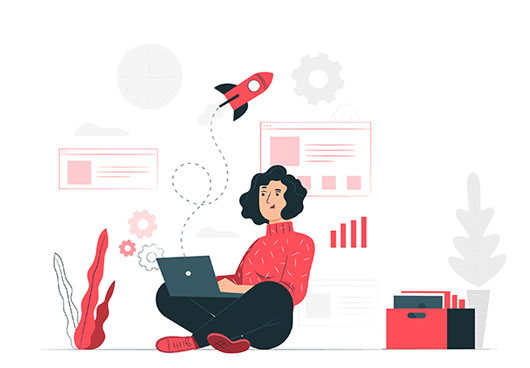
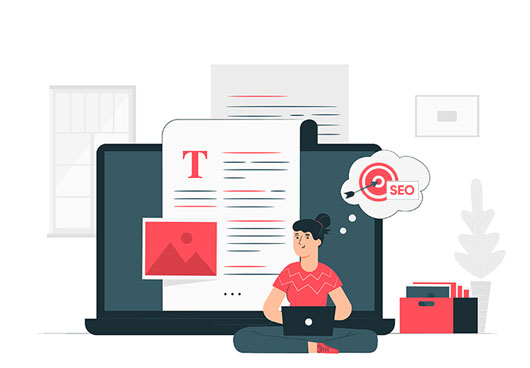
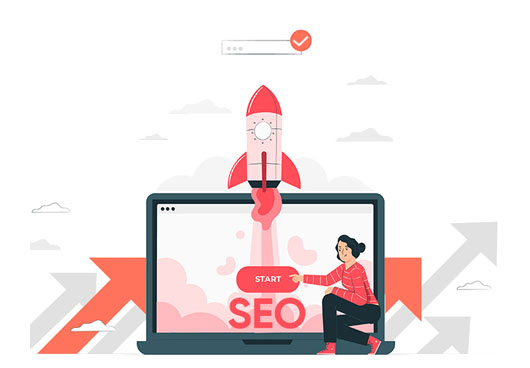
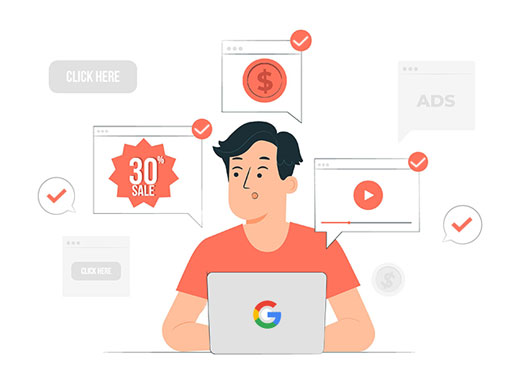

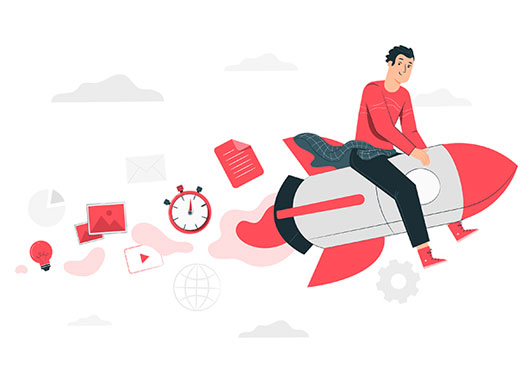

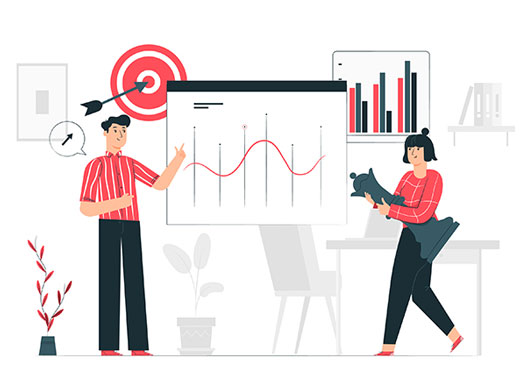
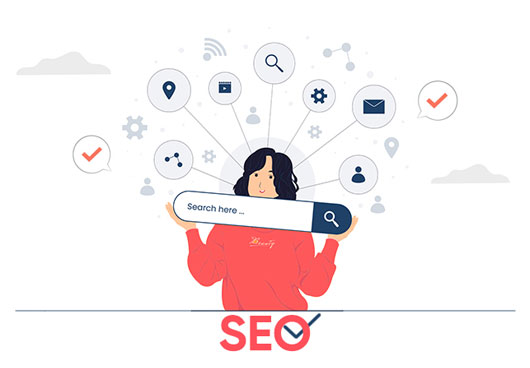
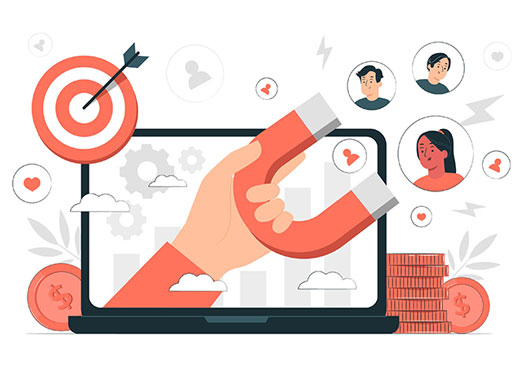

Leave a Reply